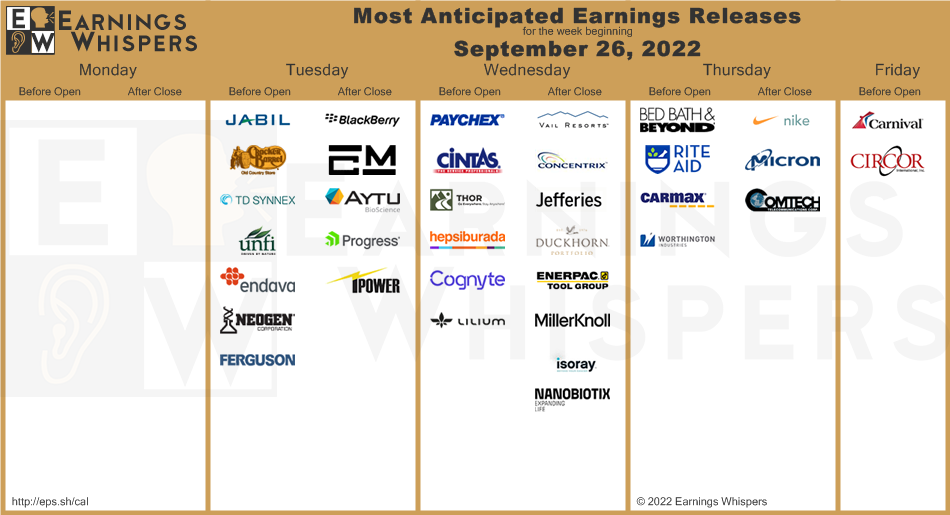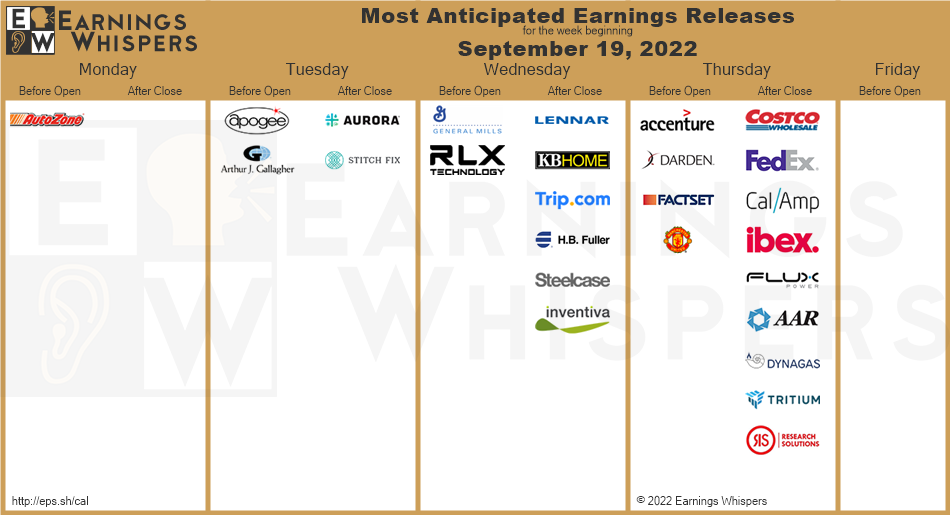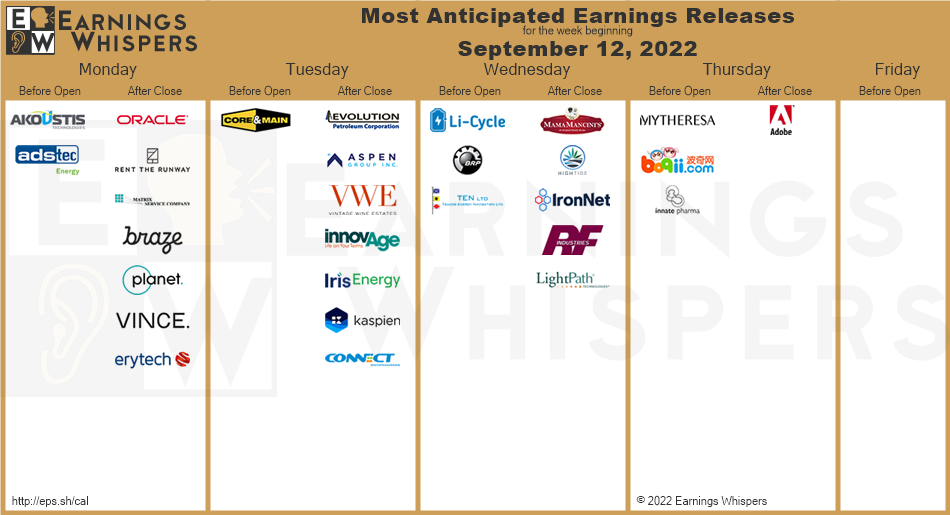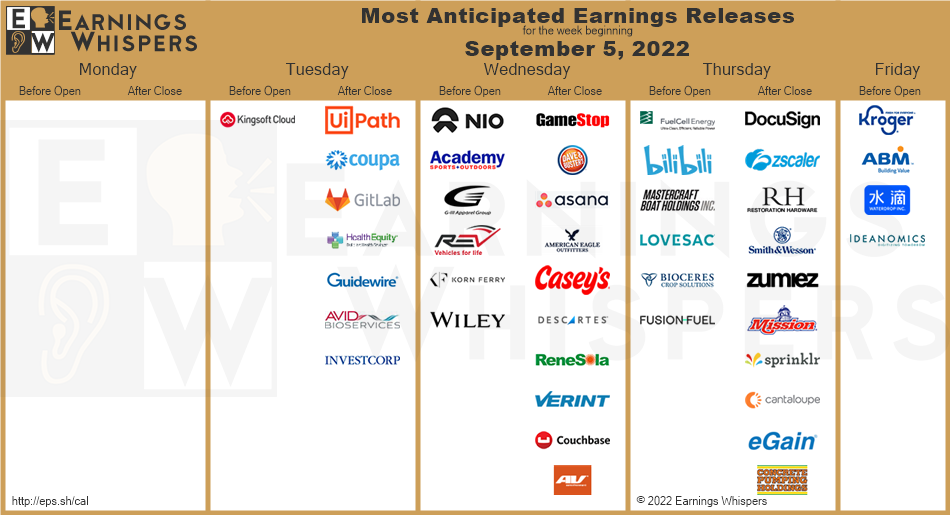Week of Sept 23, 2022 Weekly Recap & The Week Ahead
Monday, September 26th, 2022“Markets are never wrong – opinions often are.” — Jesse Livermore
1. U.S. Home Sales and Prices Fell in August as Mortgage Rates Rose — sales of previously owned homes dropped 0.4% in August from July to a seasonally adjusted annual rate of 4.8 million, the weakest rate since May 2020, the National Association of Realtors said Wednesday. August sales fell 19.9% from a year earlier.
The housing market has slowed in recent months—with seven months of monthly sales declines through August—as the Federal Reserve aggressively raises interest rates to cool the economy and bring down high inflation. That has led to higher mortgage-interest rates and increased borrowing costs for home buyers by hundreds of dollars a month, pushing many out of the market. The average rate on a 30-year fixed-rate mortgage was 6.02% in the week ended Sept. 15, up from 2.86% a year earlier, according to housing-finance agency Freddie Mac.
2. Fed Raises Interest Rates by 0.75 Percentage Point for Third Straight Meeting — the Federal Reserve approved its third consecutive interest-rate rise of 0.75 percentage point and signaled additional large increases were likely at coming meetings as it combats inflation that remains near a 40-year high.
The decision Wednesday—unanimously supported by the Fed’s 12-member rate-setting committee—will lift its benchmark federal-funds rate to a range between 3% and 3.25%, a level last seen in early 2008. Most of the 19 officials who participated at the Fed’s policy meeting expect to lift the rate at least by another 1.25 percentage point by December, to a range between 4.25% and 4.5%, according to their new projections latest release. The Fed has two more meetings this year.
3. A Day After Fed Raises Rates, Reverse Repos Hit New Record — the Federal Reserve Bank of New York said that a day after the U.S. central bank pushed up its short-term target rate by a large 0.75 percentage point to between 3% and 3.25%, money-market funds and others parked a record $2.359 trillion at the New York Fed’s reverse repo facility. The facility last saw a record inflow on June 30, at $2.329 trillion. That surge came at the end of a quarter, often a time where the reverse repo facility pulls in a significant amount of money due to temporary market factors. The Fed’s reverse repo tool takes in cash, primarily from money-market funds. It is designed to help set a lower end for short-term interest rates. After the Fed’s rate rise Wednesday, the rate now stands at 3.05%, up from 2.30% in place before the Fed lifted rates.
The Fed uses another tool, called the interest on reserves balances rate, now at 3.15%, to set a high end for short-term rates. Together, both rates drive the market-based setting of the federal-funds rate, the central bank’s primary tool to achieve its inflation and job mandates.
4. Oil Falls Below $80 a Barrel — U.S. oil prices fell below $80 a barrel for the first time since January, dragged down by mounting fears of a global recession and a rapidly strengthening U.S. dollar. West Texas Intermediate crude futures dropped 5.7% to close at $78.74. The main U.S. oil price is down about 36% from its June peak and nearly to where it began the year. Brent crude, the global benchmark, shed 4.8% Friday to end at $86.15. Behind the slide: A string of major central banks—including the Federal Reserve, the Bank of England, the Swiss National Bank and Norway’s Norges Bank—raised interest rates this week. Tightening financial conditions on a near-global basis have ratcheted up fears about a widespread economic slowdown, which would also mean lower energy demand. Business surveys Friday indicated that economic activity in Europe declined sharply in September.
The week ahead — Economic data from Econoday.com:



